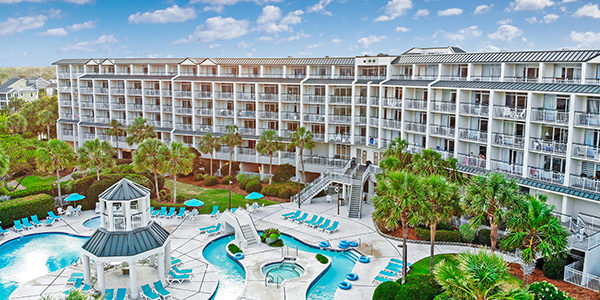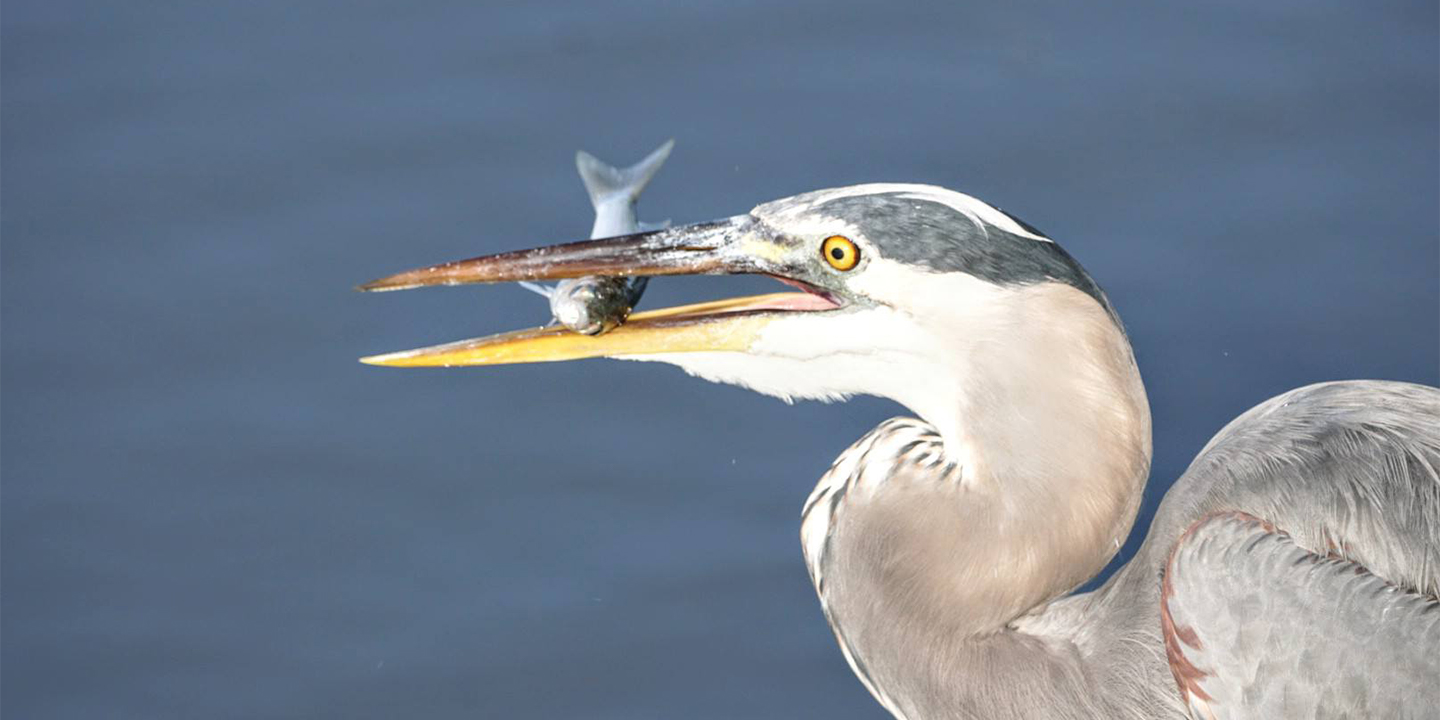
The Basics of Birding: Huntington Beach a Hot Spot for Fine-Feathered Friends
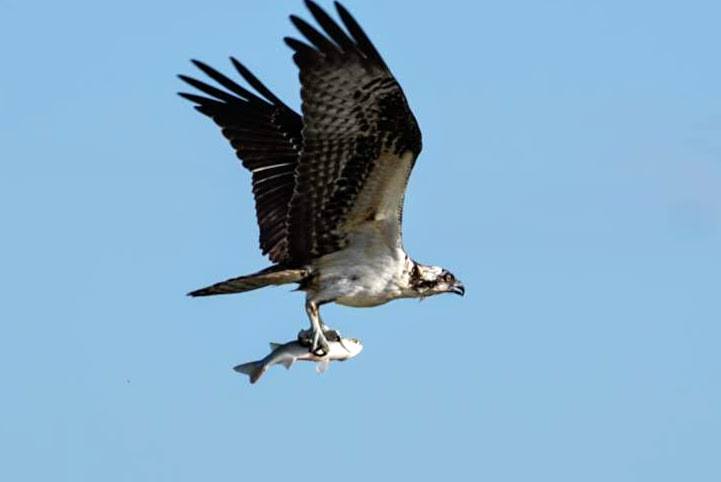
Photo by Jim O’Neil
Jim O’Neil used to spend his free time chasing the little white ball around the golf course. Now he’s found a more relaxing and less expensive hobby, taking aim with his camera instead of his clubs.
“I would rather chase these kind of birdies any day,” joked O’Neil, a frequent flyer in local birding circles. “It’s a great way to get outdoors and experience nature, and it’s a lot easier and cheaper than golf.”
Take a gander at O’Neil’s bird photo gallery and you would swear he’s been doing it for years. He’s actually a spring chicken to the sport, proving you don’t have to be a pro (or even a photographer) to love birding.
“I’ve been into photography since I was 15 and I’ve always shot landscapes, but I only started birding last year,” he said. “I came out and met all these great birders and photographers. They’re so nice and helpful.”
For bird enthusiasts like O’Neil, as well as seemingly countless bird species, there’s no better place to flock than Huntington Beach State Park, which eBird.org ranks as the No. 1 spot for birding in the Carolinas.
“Huntington Beach State Park is one of the top destinations for birding because of its diversity of habitat within a relatively compact area,” interpretive ranger Mike Walker said of the 2,500-acre seaside park. “We have the ocean, dunes, salt marshes, freshwater lakes, maritime forests that attract all types shorebirds, waterfowl, bird of prey. We always say, ‘When you go birding at Huntington Beach, expect the unexpected.’ ”
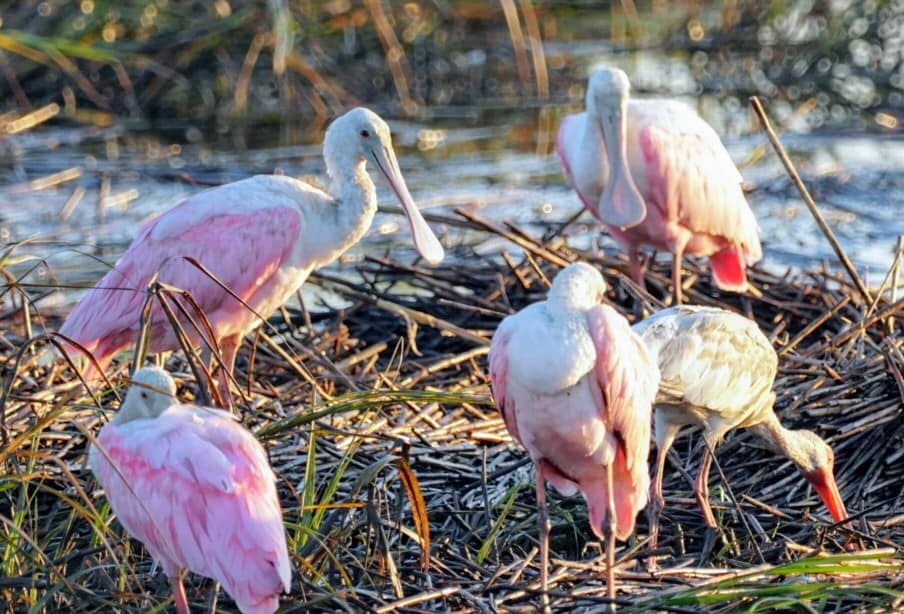
Photo by Jim O’Neil
Bird of Many Feathers
To date, 340 species of birds have been documented at Huntington Beach State Park, but who’s counting all those loons, gulls, terns, grebes, owls, egrets, cranes and almost any bird you can name? Funny you should ask.
“We do bird counts all the time to get a better idea about which species are in the park and their numbers,” Walker said, “and we get a lot of help from our regular and visiting birders who report what they see.”
Walker, a Lowcountry South Carolina native and lifelong birder, rattles off species like an auctioneer while peering through a high-powered lens. Where novices simply see birds, Walker is on a full-name basis.
Like the American Oystercatcher, Boat-Tailed Grackle, Double-Crested Cormorant, Black-Bellied Plover, Brown-Headed Cowbird, Red-Bellied Woodpecker, Yellow-Bellied Sapsucker, just to name a few.
Experienced birders treat their sport like a scavenger hunt, marking birds off their checklists with all the excitement of a child opening Christmas presents. Sometimes they get a surprise that’s not on the list.
Longtime birder Frank Lawkins recently discovered the latest addition to the Waccamaw Audubon Society Birding Checklist – the Connecticut Warbler. Like his find, Lawkins also migrated south to the Carolina coast.
“It was pretty exciting because this is as far south as a Connecticut Warbler has been spotted,” said Lawkins, who has been birding for over a half-century. “That was number 298 for me, so I’m closing in on 300.”
But birding is much more than a numbers game to Lawkins, who picked up the hobby from his nature-loving mother and has pursued it with a passion through his career as a college science professor and into retirement.
“I love being outdoors and the birds are so beautiful,” he said. “Huntington Beach is the top spot in North and South Carolina and one of the best on the East Coast, so we’re lucky to have it in our back yard.”
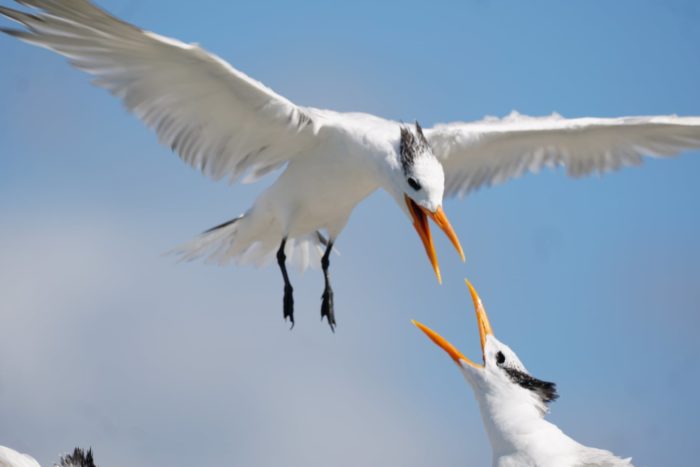
Photo by Jim O’Neil
This Place is for the Birds
Birds have been calling the Waccamaw Neck home (or at least making layovers) long before the pilgrims landed, but their numbers have been on a steady decline since humans started hoarding their habitat.
In the 500 years since the Spanish first explored the South Carolina coast, over 150 North American bird species have gone extinct. That number is rapidly increasing due to climate change and habitat destruction.
An October article in The Guardian estimates that two-third of North America’s bird population is at risk of extinction. That makes sanctuaries like Huntington Beach State Park critical to the survival of both bird and non-bird species, including the health and happiness of homo sapiens.
“The Huntingtons were conservationists before conservation was cool,” Walker said of the park’s founders, Archer and Anna Hyatt Huntington, who acquired the property as part of four former rice plantations in 1930. “They were also artists who were inspired by nature, and they knew this was a very special place. They wanted it to be somewhere people could come and be inspired by nature, and that continues to be our mission.”
While there are many bird sanctuaries along the Carolina coast, few boast the natural diversity to host such a variety of species. Even fewer offer so many picture-perfect vantage points from which to watch them in the wild.
The causeway separates a freshwater lake from a brackish tidal marsh, giving guests easy access to view birds of prey wading and diving on the freshest local seafood buffet. The rock jetty on the north end of the park, marking the entrance into Murrells Inlet, allows visitors to venture out past the breakers for a bird’s-eye view of Purple Sandpipers, Brown Pelicans, Sea Ducks and other birds that thrive on a rocky coastline.
The long, scenic stretch of beach and dunes provides the perfect resting and nesting areas for broad array of shorebirds, while the quieter sound-side of the park serves as a sanctuary for a wide variety of waterfowl. And the old-growth maritime forests, featuring live oaks, loblolly pines and palmettos, provide a rich canopy for some of the Endangered Species Act’s biggest success stories, like the Wood Stork and American Bald Eagle.
“You can see why people come from all over to visit Huntington Beach State Park,” said Walker, who also keeps close tabs of birders as well as the birds. “I tell them I have one of the best offices on the planet.”
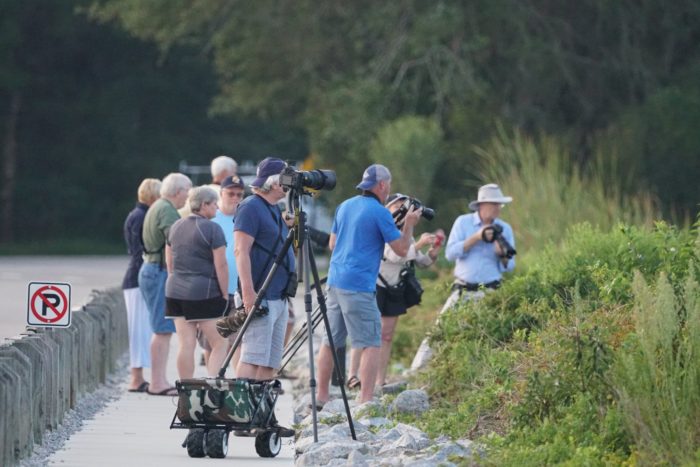
Photo by Jim O’Neil
Following the Flock
Canadian couple Steven and Abigail Macdonald are human snowbirds, using their fall holidays to fly south for warmer weather and better bird-watching. Of course, their flight was less strenuous and involved free almonds.
“This is our first time here and we’re blown away by how beautiful it is,” said Abigail, whose previous migrations were to Florida and Louisiana. “There are so many birds and very few people – just the way we like it.”
You don’t have to be avid aviphiles like the Macdonalds to take a fly on birding at Huntington Beach. Visitors already have won half the battle – location, location, location. The other half is timing, patience and luck.
Although birding is a year-round activity, the ongoing fall and upcoming winter migration seasons are peak times to see birds making stops on their journeys to and from as far away as the Arctic Circle and South America. Veteran birders say early mornings, late afternoons and low tides are the best times to catch popular birds of prey like ospreys, hawks and eagles in hunting mode, as well as the wading birds searching through the pluff mud.
All you need is a strong pair of binoculars or a long-range camera lens, and ideally, a clear and sunny day. Park signs assist guests in taking self-guided tours, and the ranger station distributes general info for park newcomers. But to enjoy the full experience, there are several local resources to help aspiring birders get off the ground.
Huntington Beach State Park offers weekly birding expeditions at 10 a.m. Wednesdays. The tour is free with park admission and provides use of binoculars as well as a guide to help find and identify species. Brookgreen Gardens, located just across Highway 17, hosts birding excursions on alternating Fridays at 7 a.m.
Other birding hot spots are accessible only by boat, including tours to North Island through Hobcaw Barony and the Tom Yawkey Wildlife Center. The Waccamaw National Wildlife Refuge, Sandy Island, Winyah Bay and its tributaries are all located within a few miles (as the crow flies) of Pawleys Island, making it convenient to go off the grid in search of rare bird species.
There are few basic rules to follow: no hunting, no unleashed dogs, no aggressive activity that might scare birds into keeping their distance. Simply find a good spot, stay quiet and still and let nature take its course.
“There’s something very calming about being out in nature and just observing,” said Steven, who uses popular birding apps (iBird, Merlin, Song Sleuth) to identify the species he spots. “It’s amazing what you can see.”
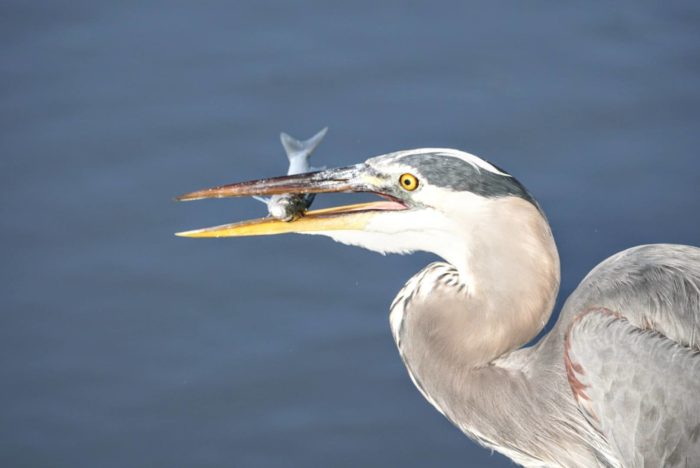
Photo by Jim O’Neil






